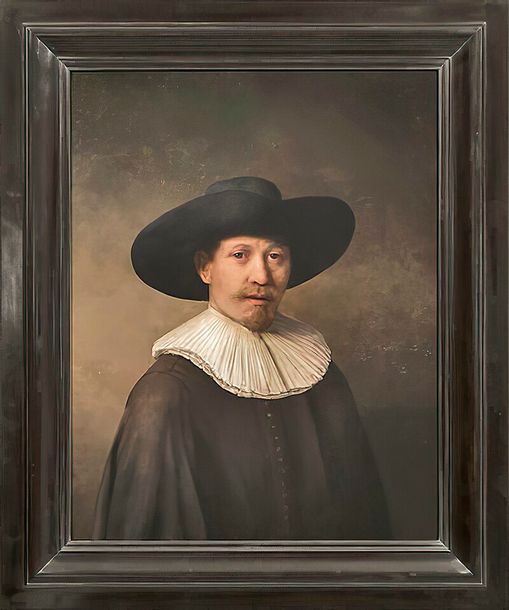Artificial Intelligence and Intellectual Property: Copyright

Artificial intelligence (AI) is significantly reshaping the landscape of intellectual property. Questions surrounding copyright and personal data protection intersect with everyday AI use. What are the key considerations to bear in mind?
Can artificial intelligence be an author?
This question has recently become a subject of theoretical analysis among many experts. However, what does copyright law say about it? According to Act No. 121/2000 Coll., an author whose works are protected by law must be a natural person, not a machine. As AI functions today—generating works based on data and parameters inputted by humans—it cannot be considered an author. AI does not autonomously produce any work.
Can the output of artificial intelligence be a copyrighted work?

Outputs from AI can indeed be protected as copyrighted works. While AI itself is a tool that does not create anything original on its own, everything depends on the parameters fed into the system. For example, in a case from China, an artist inputted 300 parameters into an AI system. In this scenario, it can be argued that the artist created the output, which is then defendable under copyright law.
Who is entitled to protection?
Have you heard of the synthetic Rembrandt? In 2016, a group of Dutch museums and researchers introduced a portrait titled "The Next Rembrandt"—a new artwork created by a computer that analysed thousands of works by the 17th-century Dutch artist Rembrandt Harmenszoon van Rijn. This project demonstrated the capabilities of generative artificial intelligence. Rembrandt himself cannot defend against it, but what about other artists?
The protection of intellectual property in relation to artificial intelligence affects several groups:
- Providers of AI systems: Those who create and manage AI systems have the right to protect their know-how and technologies.
- Users: Individuals or organisations using AI systems have the right to protect the outputs generated by these systems.
- Data rights holders: Those whose data is used to train AI systems have the right to protect their data and claim fair compensation for its use.
- End consumers: Those who ultimately use products or services created using AI have the right to protection against unfair competition and assurance of the quality of these products and services.
How can artificial intelligence impact copyright?
As we have mentioned, the form of AI outputs depends on the quality and type of data input, including which images or texts were inserted into the system from which it learned. Here, collisions can occur where outputs may infringe upon the copyrights of real authors. For example, an application uses AI to apply Vincent van Gogh's style to users' photos. While Vincent van Gogh's images are no longer protected by copyright, for living artists with distinctive "handwriting," AI outputs could constitute unauthorized imitations of their work and thereby devalue it.
This issue pertains to visual elements as well as texts. In England, the principle of "Right to read is a right to mine" is advocated, meaning that if you grant someone permission to access text, the data contained in the text can be used within a database that enables AI to learn and generate new outputs.
Therefore, every artificial intelligence user is responsible for not using outputs that would infringe upon the rights of third parties for commercial purposes. Artificial intelligence developers or providers are typically absent when AI systems generate outputs. Each output is unique, and its final form depends on the user, so the user should be able to assess whether it can be used without consequences.
In the European Union, final consumers should be protected by a directive requiring developers to disclose to the public the sources and data from which the system learned. However, relationships between developers and consumers are currently regulated on a contractual basis. For example, licenses provided for free to a broad spectrum of users, such as Open Source Software, typically include a condition that users will not use the license for their own commercial purposes.
When you purchase an AI system and teach it to generate illustrations in a specific style, legal issues may arise if someone else mimics them. This cannot be considered a copyright infringement because you are not the author of the illustrations, but you can defend yourself through laws against unfair competition.
Protecting intellectual property in artificial intelligence is a complex issue requiring new legal approaches and regulations. It is essential to strike a balance between fostering innovation and safeguarding rights. The future will depend on how quickly we can adapt the legal framework to technological advancements and societal needs.
Cover art: By © VulcanSphere / CC BY 4.0, CC BY 4.0, https://commons.wikimedia.org/w/index.php?curid=135537108
The Next Rembrandt photo:The Next Rembrandt 1.jpg: ING Groupderivative work: Reinhard Dietrich - Diese Datei wurde von diesem Werk abgeleitet: The Next Rembrandt 1.jpg:, CC BY 2.0, https://commons.wikimedia.org/w/index.php?curid=147797153